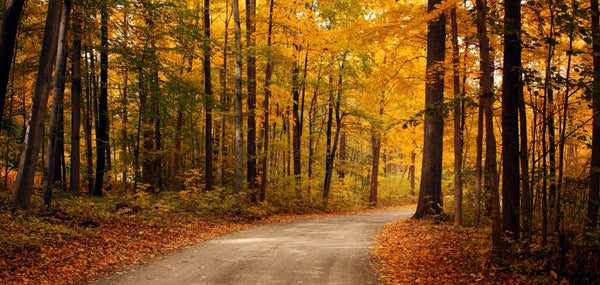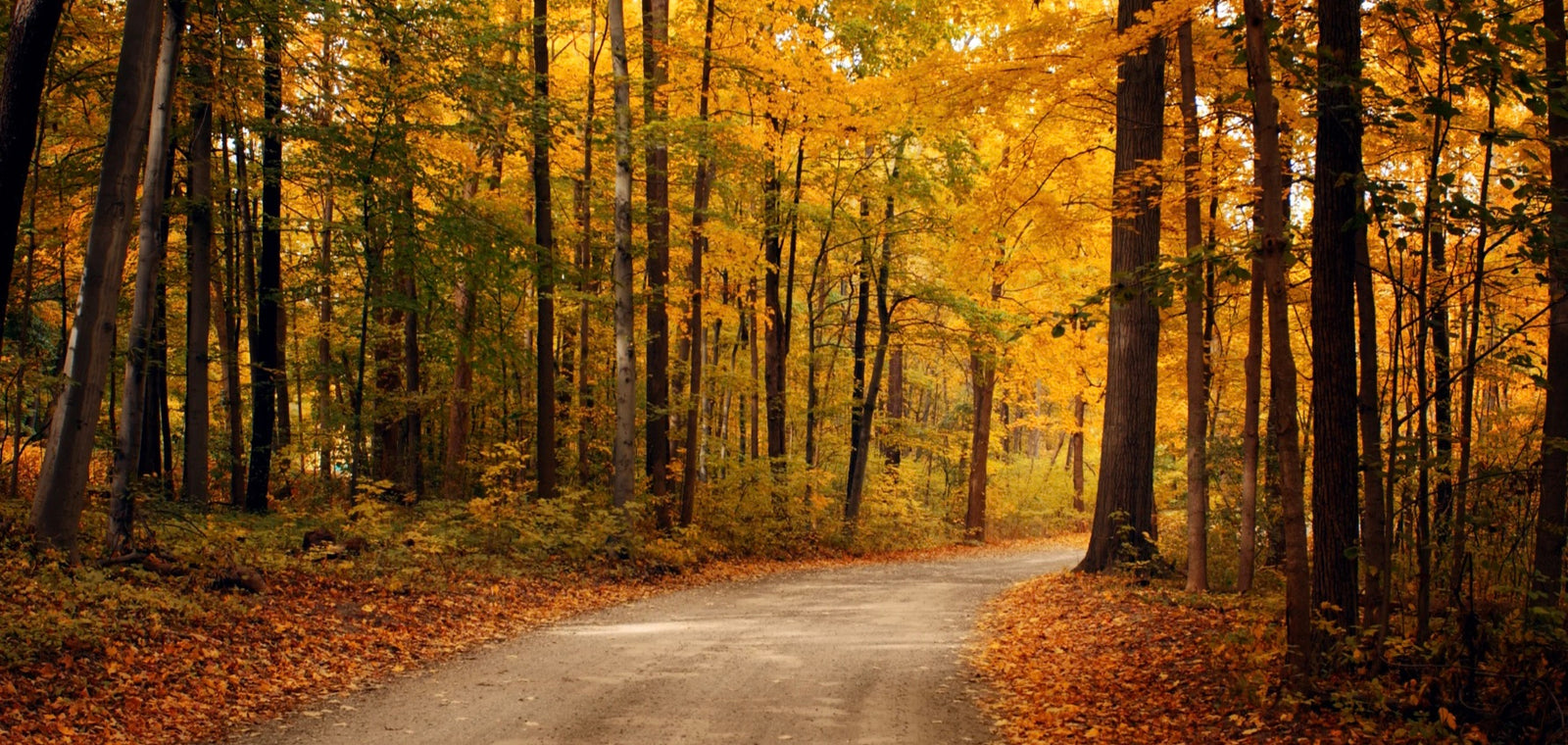
Get news, updates, & event Info delivered right to your inbox:
Good News From the Month of September
Fall has officially arrived. School is back in session. Leaves are changing colors, and a lovely brisk is beginning to fill the air. For many people, fall is a time of beauty. But for others, fall means the end of summer, and that can make people a little blue. We get it. The good news is that we have a lot of things to celebrate.
So, let’s try to kick the end-of-summer blues by celebrating some good environmental news that happened in September –– and start this new season the right way, by making an impact!
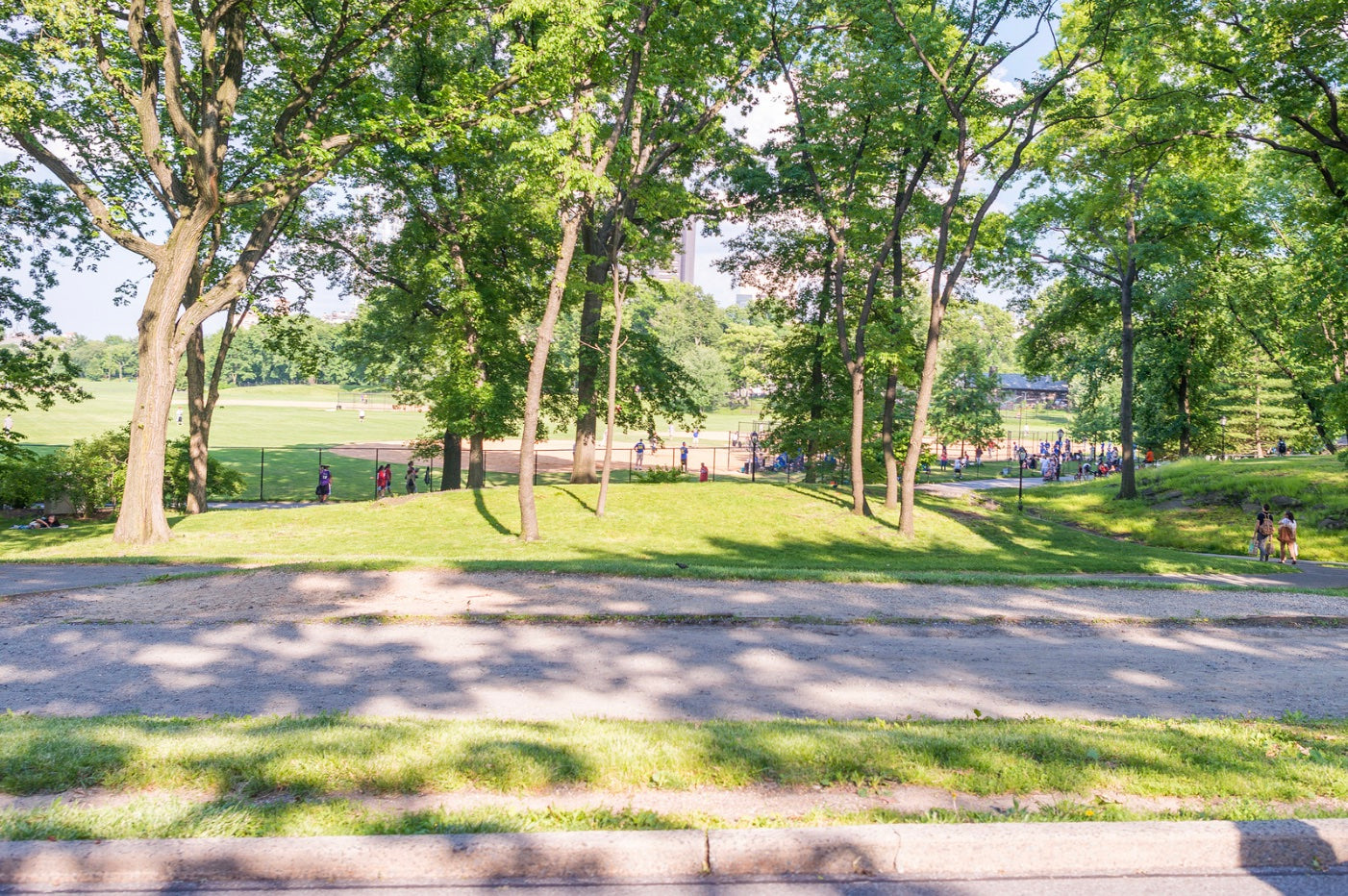
1. Mini Forests Help Combat Climate Change
Time and time again, we see young people leading the charge when it comes to climate action. In São Paulo, Brazil, communities are coming together with youth leaders to make an impact in their local parks and forests.
The Urban Heat Island Effect is prevalent in many major cities. This especially impacts marginalized communities, and many teenagers and educators in São Paulo have decided to combat that inequity by planting mini forests. Trees do a remarkable job at reducing city temperatures by providing shade and sequestering carbon.
A group called formigus-de-embaúba has organized the program to plant mini forests across the city. Formigus-de-embaúba is an NGO that works with indigenous leaders and schools to plant trees in São Paulo while educating participants about agroforestry and proper tree maintenance.
Last year alone, there were 10,000 trees planted by 4,000 students, making a massive impact that will be felt for generations to come. With many more trees to be planted, these students will continue making an incredible impact in their community.
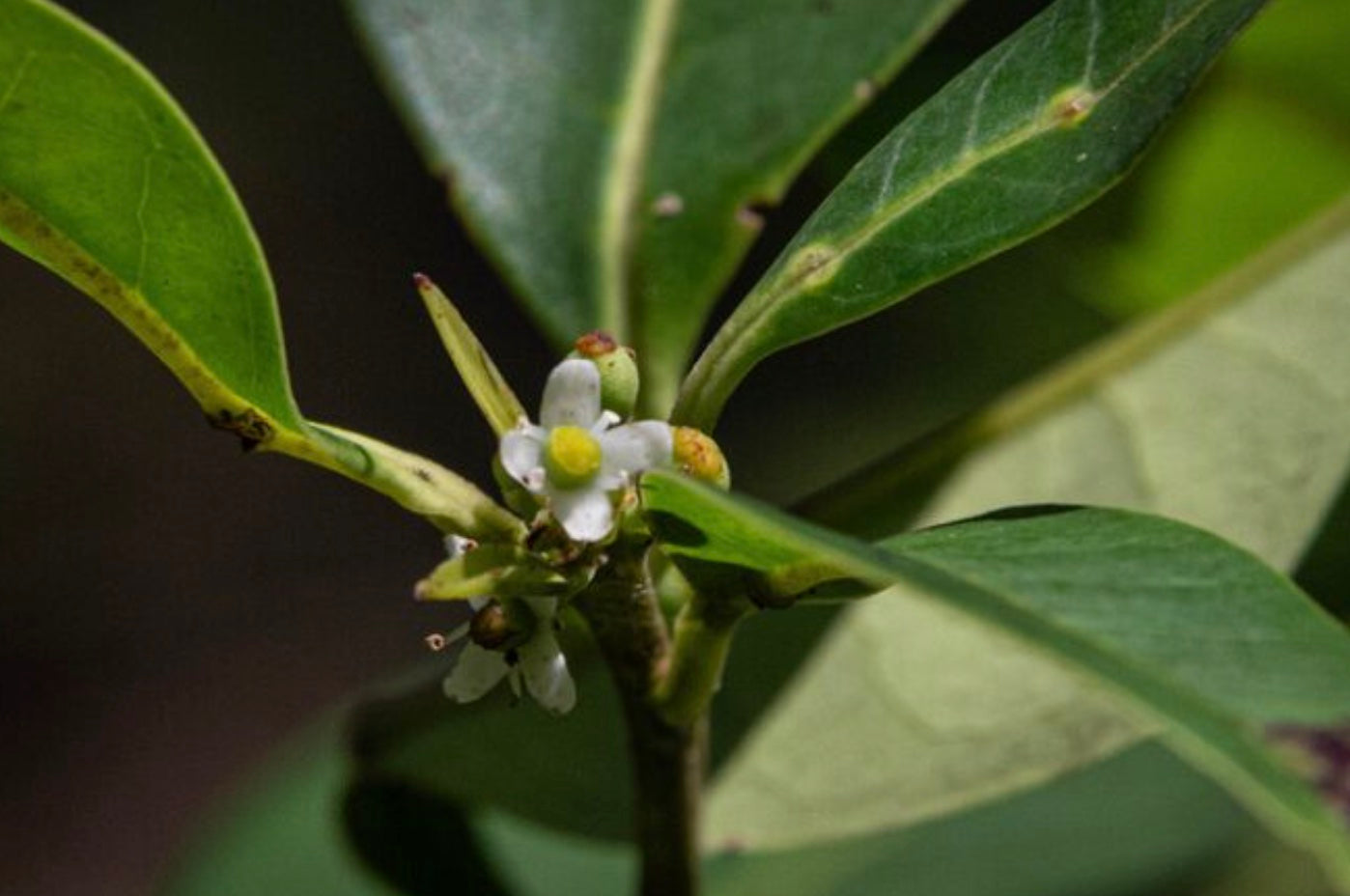
2. A Formerly Extinct Tree Has Been Rediscovered In Brazil
Nature is truly extraordinary.
After nearly 200 years, a small holly tree has been rediscovered in Brazil after being presumed extinct. An expedition to find this species of tree lasted for six days and ended in success. Re:wild is the conservation group that found the surviving tree, calling it “one of our top 25 most wanted lost species.”
Now that this tree species has been rediscovered, the next step is to establish captive breeding for the endangered tree. The hope is to reestablish it in nature to promote biodiversity and protect the trees for generations to come.
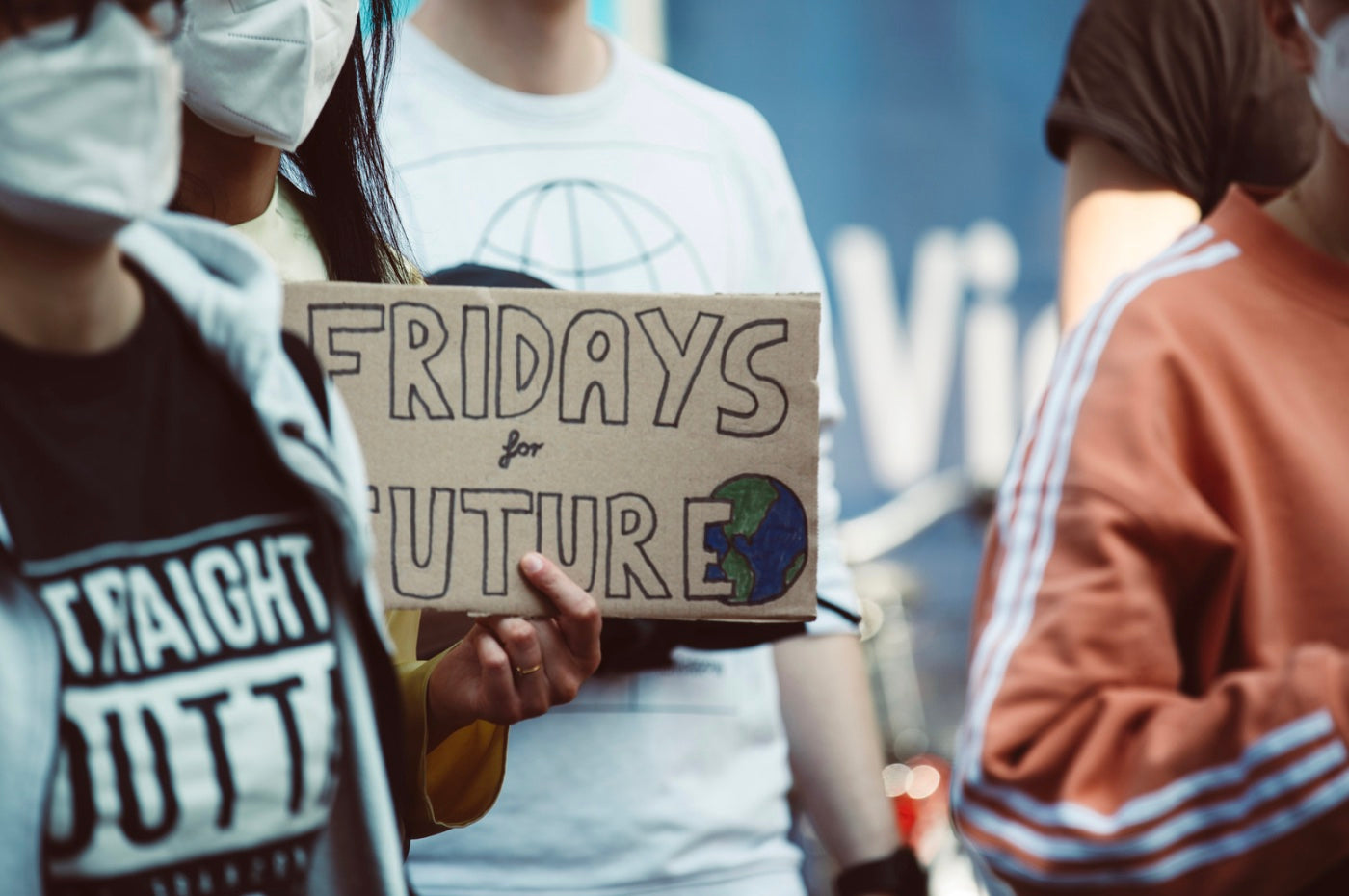
3. Research Finds Climate Change Strikes Are Working
As the world continues to warm and natural disasters grow stronger, you might wonder, “Are climate strikes helping?”
The answer: yes, they are.
Many researchers have found climate change protests to be important in raising awareness and educating the public about the dangers of climate change. Although not all climate protests may have direct political effects, they do help the everyday person understand the gravity of the situation. From there, that individual person may just very well take action.
While it is vital to get governments involved in helping to protect the environment, every little action matters. Climate change protests bring together people and communities who are working towards a common goal. That sense of community is worth so much.
There isn’t ever going to be one fail-safe solution to the climate crisis, but if we all come together to make an impact in ways that are meaningful and accessible to us, we can change the world.
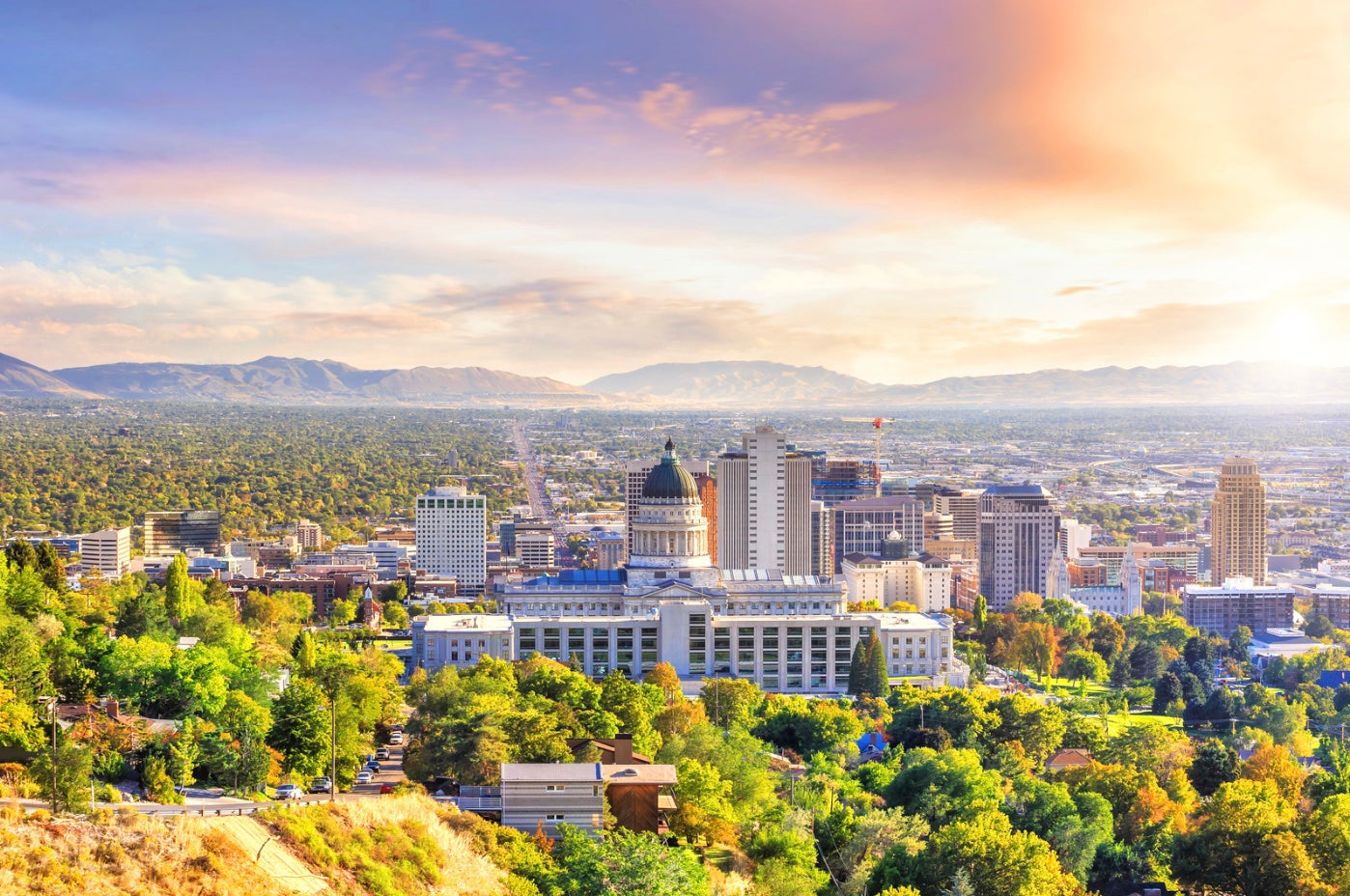
4. Cities Are Working Hard to Improve Tree Equity
Trees do so much. In cities, they can help reduce temperatures by nearly ten degrees simply by offering shade and sequestering carbon. Trees are also proven to be beneficial to mental and physical health. The more trees in cities, the better off locals are.
In many cities, tree equity is considerably low. Tree equity, a term coined by American Forests, means ensuring that all citizens in a city have equal access to trees and the benefits they provide. Many disadvantaged and marginalized communities have increasingly less access to trees compared to more privileged communities.
In some cities, namely Detroit, tree equity partnerships have been launched to support communities who have less access to trees. This partnership is helping to plant trees across the city to make up for the removal of dead trees.
The trees planted through these partnerships will not only reduce temperatures, they will also clean air and provide communities with more green and recreational spaces.

5. High Schools Are Offering School Credit for Climate Action
Because students are the future of climate action, it’s important that they understand the reality of climate change and why it’s so important to protect the environment. In many schools across the country, climate partnerships are being developed to empower students with the right climate knowledge.
In California, a high school has partnered with Climate Action Pathway for Schools. CAPS is a nonprofit that works to help students learn what environmentalism looks like while also helping schools to reduce their carbon footprint.
This program helps students develop hands-on learning through school year and summer internships, gaining experience and protecting the planet. There truly is no better way for students to learn than by helping the planet and getting school credit for it!
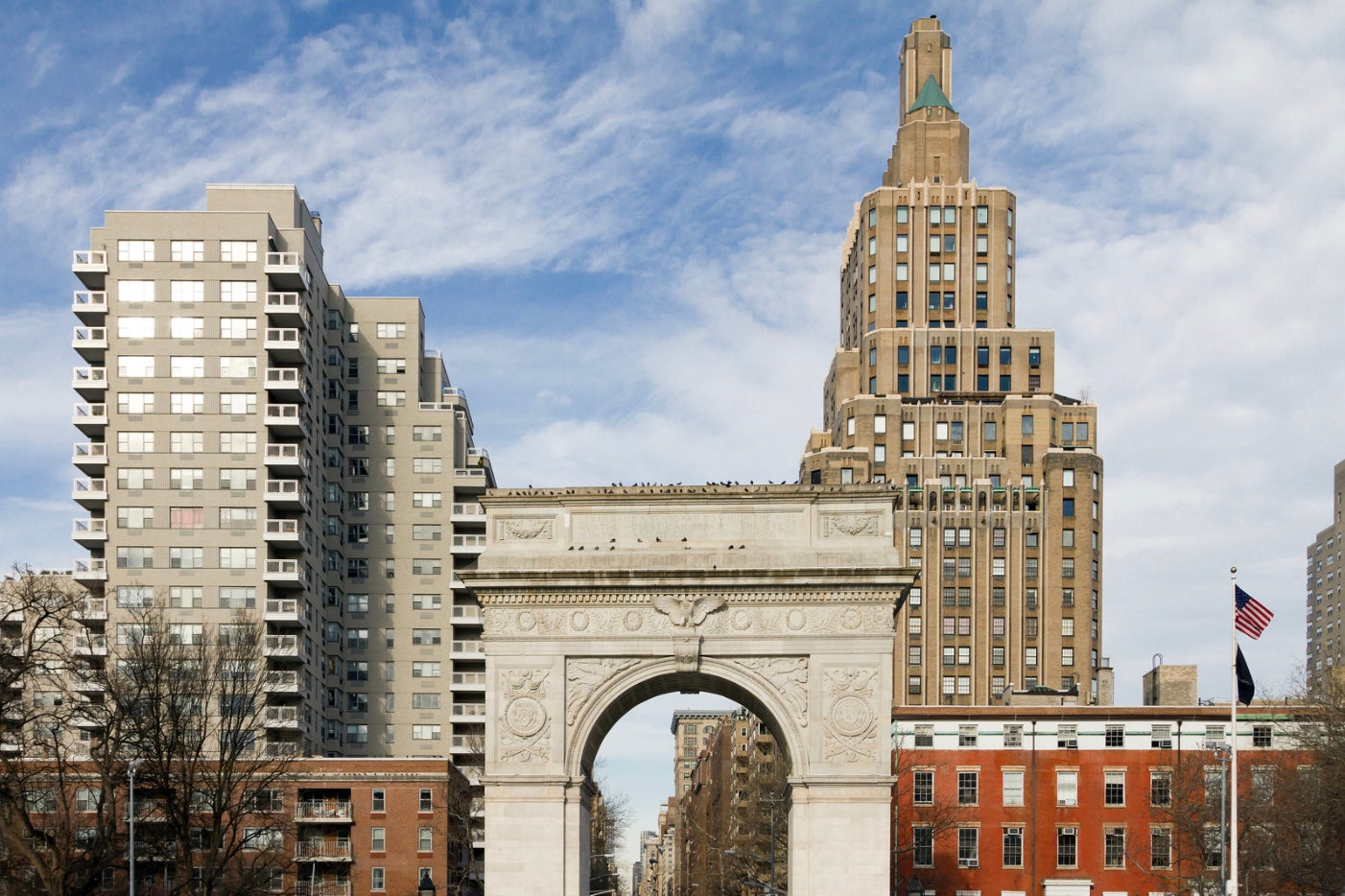
6. New York University Has Divested From Fossil Fuels
Students around the world have been urging their universities to divest from fossil fuels for some time. In a recent win for these eco-warriors, New York University has announced their plans to do just that. This means that the school will avoid direct investments with any company that extracts fossil fuels.
This has been championed by students for nearly two decades. Students began commissioning their school to take action in 2004.
NYU has taken additional steps to be more environmentally friendly, including reducing greenhouse gas emissions from building energy, setting a goal to reduce food-related emissions, and promising to achieve net-zero by 2040.
This is a big win for NYU, but it’s an even bigger win for the students who have advocated for this change for decades.
We hope that you enjoyed reading September’s good news stories as much as we enjoyed featuring them! Remember, there is good in the world if you know where to look for it. And if you want to create your own good news, you can positively impact the environment by planting trees where they are needed the most!
